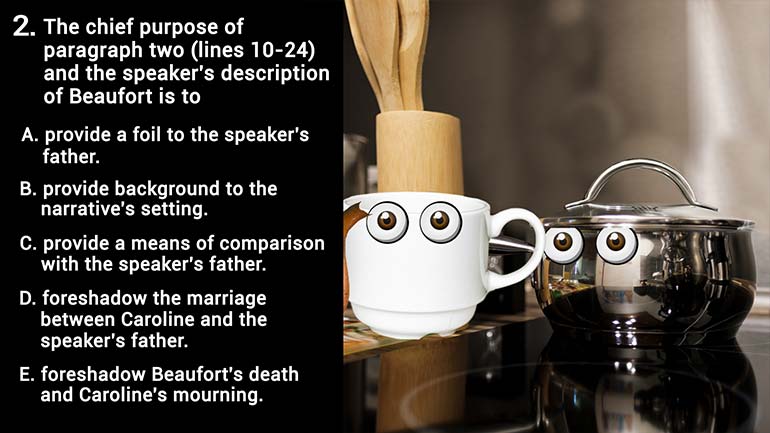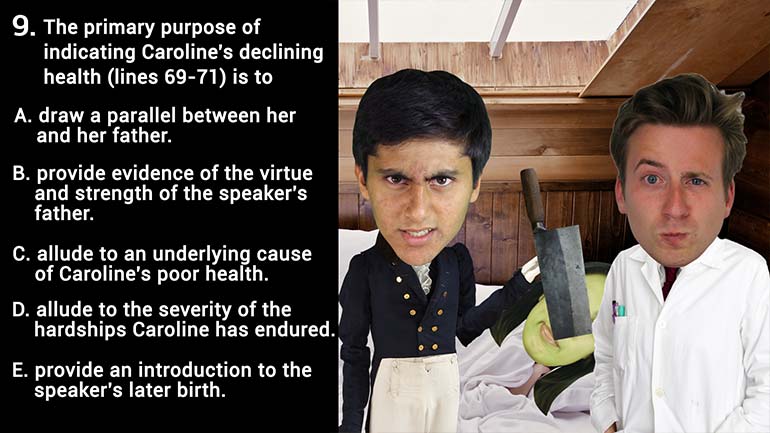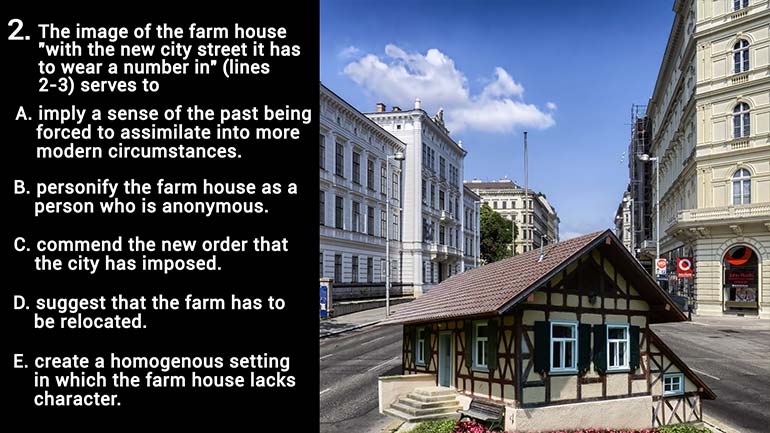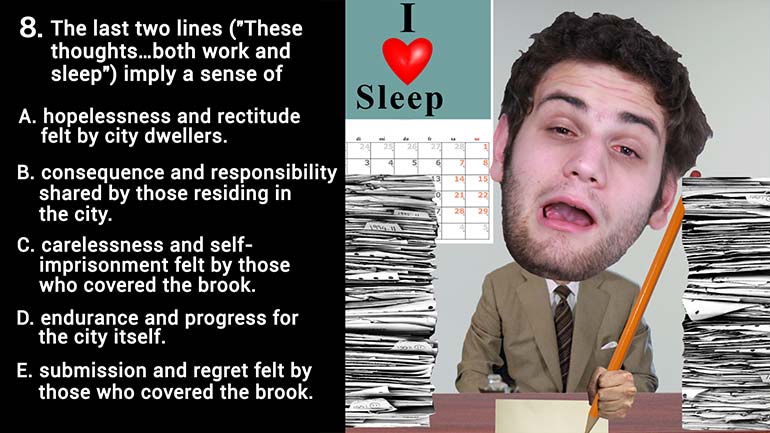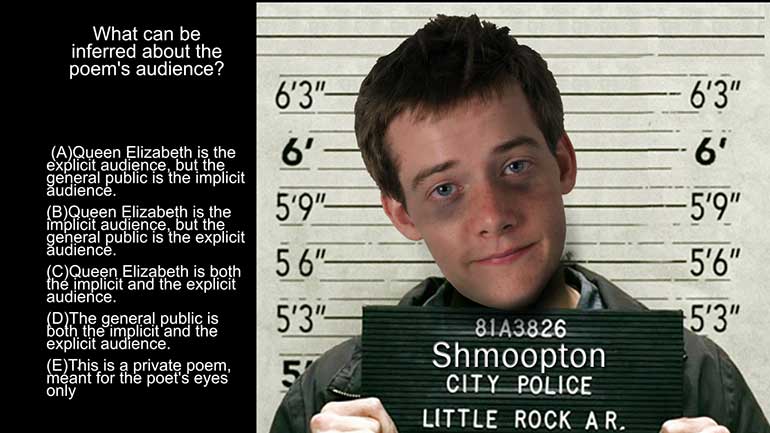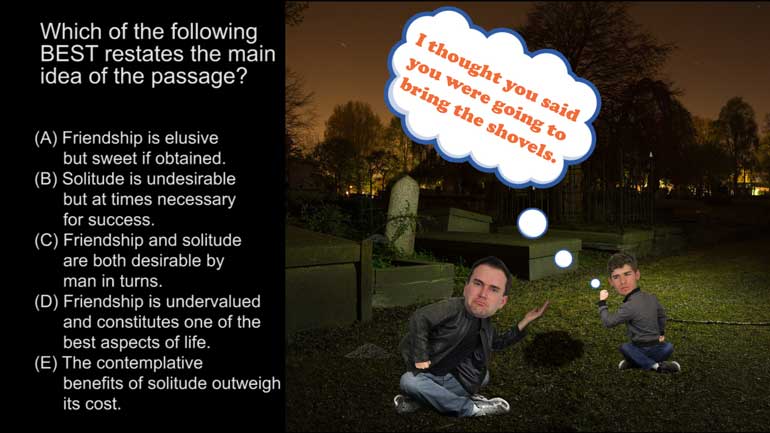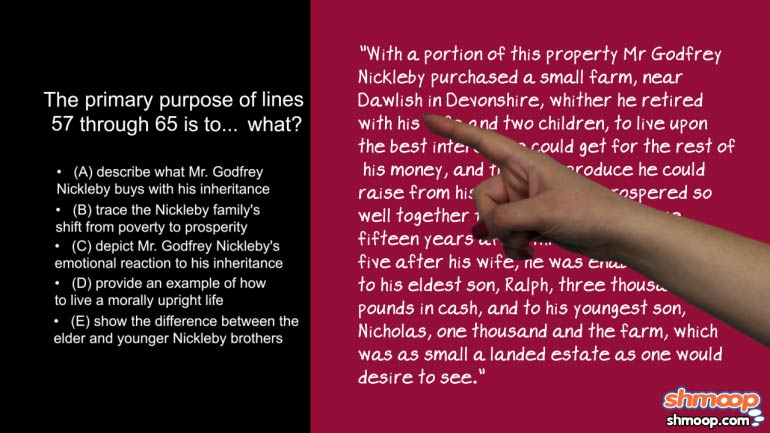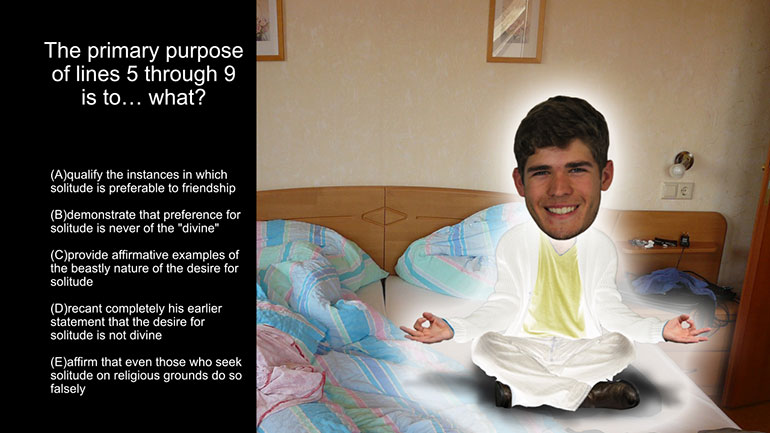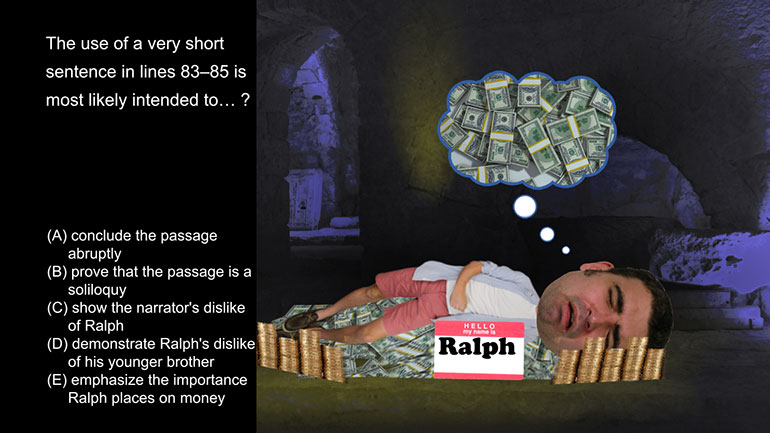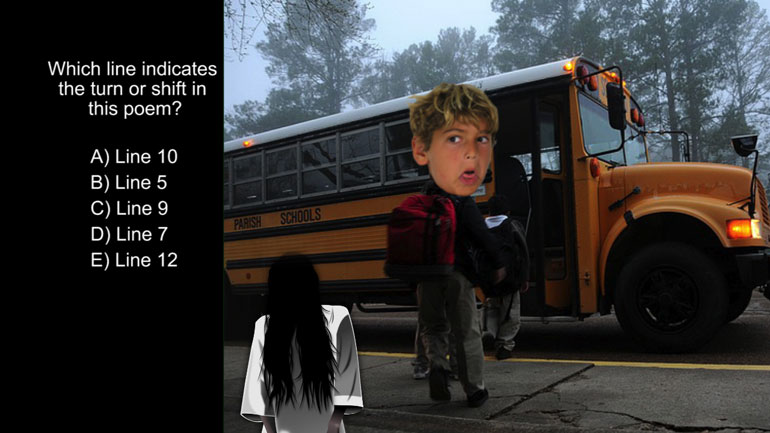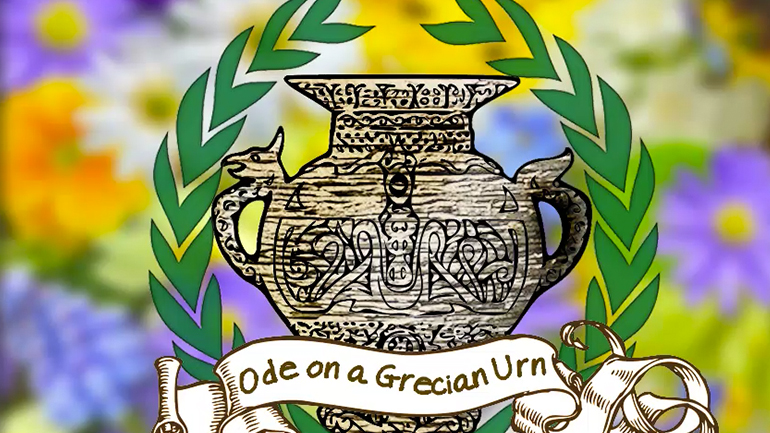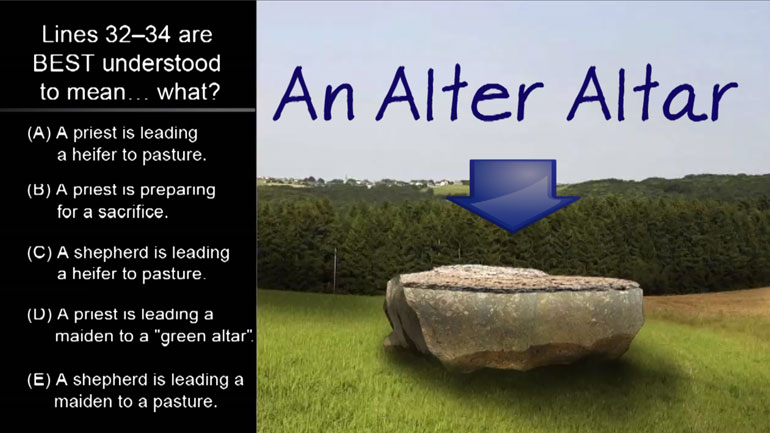ShmoopTube
Where Monty Python meets your 10th grade teacher.
Search Thousands of Shmoop Videos
Audience and Author's Purpose Videos 14 videos
The chief purpose of paragraph two (lines 10-24) and the speaker's description of Beaufort is to
The primary purpose of indicating Caroline's declining health (lines 69-71) is to
All of the following describe a main theme of the poem EXCEPT
AP English Literature and Composition 1.5 Passage Drill 1 281 Views
Share It!
Description:
AP English Literature and Composition 1.5 Passage Drill 1. In the third paragraph, how does the author foreshadow a coming tone shift?
- Product Type / AP English Literature
- English / Voice and Tone
- English I EOC Assessment / Influence of Traditional Literature
- Media Literacy / Audience-specific Changes in Tone
- Literary Comprehension / Making inferences or predictions about plot, setting, or characterization
- Audience and Author's Purpose / Identifying effect of various authorial choices
Transcript
- 00:09
We know, we know... this passage haunts your nightmares. But feel free to pause and review it yet again if you'd like...
- 00:20
In the third paragraph, how does the author foreshadow a coming tone shift?
- 00:26
I. The author juxtaposes the speaker's excitement with the curious absence of struldbrugs from court.
- 00:32
II. The author shows extreme enthusiasm on the part of the speaker but noticeably excludes any reaction from others involved in the conversation.
- 00:41
III. The speaker admits in hindsight that his reaction was "perhaps a little too extravagant."
Full Transcript
- 00:46
And here are the potential answers...
- 00:52
Foreshadowing. If we recall, that's the deal where one thing happens or is mentioned, and
- 00:58
it gives us a clue about something else that's coming down the pike...
- 01:01
...it's like a movie trailer that gives away far too much of the plot. In other words...
- 01:06
every movie trailer. Okay, so now we're given three possibilities.
- 01:10
Could be just one of 'em; could be a couple.
- 01:12
Any time we get the roman numeral set-up here, we have to remember not to fill in any bubbles
- 01:16
until we've checked 'em all out...
- 01:19
We always have to try I, then II , then... III
- 01:24
The first one suggests that "The author juxtaposes the speaker's excitement with the curious
- 01:28
absence of struldbrugs from court."
- 01:30
Well, sure. We go straight from the author's enthusiasm about struldbrugs... to his mention
- 01:35
that they are notably absent from court.
- 01:38
Hey, maybe they had a good excuse to get out of jury duty.
- 01:41
Oh, okay, wrong court. So if One is true, then we can eliminate choice D.
- 01:45
Roman numeral Two says that "The author shows extreme enthusiasm on the part of the speaker
- 01:53
but noticeably excludes any reaction from others involved in the conversation."
- 01:57
Enthusiasm? Check.
- 01:59
Lack of reaction from anyone else? Check.
- 02:02
Why nothing from the peanut gallery? Hm... mystery, intrigue...
- 02:06
We're on board with Number Two. So with One and Two both true, our answer
- 02:11
must be either B or E...
- 02:13
Let's take a look at Number Three: "The speaker admits in hindsight that his reaction was
- 02:17
"perhaps a little too extravagant."
- 02:19
We've got a direct quote here, so should be pretty easy to fact-check.
- 02:23
Do we see this phrase somewhere in the passage? Sure do -- line 22. And because he is admitting
- 02:30
he was over-the-top... it could certainly be foreshadowing that he was wrong about something.
- 02:33
So all three options work... and our answer is E.
- 02:36
Man... the things some people will do to get out of court...
Related Videos
AP English Literature and Composition 1.2 Passage Drill 4. As which of the following is the object being personified?
AP English Literature and Composition 1.4 Passage Drill 3. How is Burne's view of pacifism best characterized in lines 57 through 67?
AP English Literature and Composition 1.6 Passage Drill 5. Death is primarily characterized as what?
AP English Literature and Composition 1.7 Passage Drill 5. Which line indicates the turn or shift in this poem?
AP English Literature and Composition 1.9 Passage Drill 4. Lines 32-34 are best understood to mean what?
